Yes, I must admit that I am a ‘treky’ to some degree and I remember many evenings in my childhood begging to stay up late with my Dad as he would watch an episode of Star Trek in our home office. Those are treasured memories.
But I guess the real question was if William Shatner and Leonard were allowed to write off the cost of their uniforms when they weren’t on the job. Although some of you may not have an iconic uniform such as those on Star Trek, you still may be able to deduct your uniforms.
In fact, I often times get asked the question regarding the ability to write-off clothing and and laundry expenses, but think lately I have been too quick to brush it off (no pun intended). Yes, the rules can be stringent, but I have recently had clients that meet the qualifications and felt I should share the strategies that could save some of you some extra tax dollars.
IRS Publication 529 gives us the basic rules that taxpayers must meet ALL three (3) of the following conditions:
- The clothing is required or essential for your job.
- The clothing is distinctive or protective.
- The clothes are not suitable for everyday wear outside work.
Court cases explain the rules and give us some examples we can rely on.
1. Required or Essential Test. This is actually the easiest of the 3 tests. This is because you don’t have to have employees to set the standard or requirement for a certain dress code at work. For example, for branding purposes you may wear a mustard colored jacket to all of your sales calls to create top of mind awareness or ‘calling card’ if you will so clients think of your company when they see this color of clothing (think Century 21). In fact, having a type of clothing or color of clothing to help set your business apart from the others could be a fantastic marketing strategy. Court case- A self-employed dairy salesman chose to wear a green hat, shirt, and trousers, each stitched with his logo and business name. The Court allowed the deduction. Mortrud v. Commr., 44 TC 208.
2. Distinctive or Protective Test. Remember, you only have to meet either one of these qualifications to satisfy requirement #2. First, “distinctive” means the clothing must include a business logo, patch, company name, or otherwise indicate the business or profession. Next, “protective” includes equipment like hard hats, safety gloves, steel toed shoes, or apron. I think that all of us agree that something “protective” in nature would clearly be a write-off and something you wouldn’t wear out on a Friday night. However, the beauty of qualifying under this test, if the ability to place a logo on your clothing and the ease in which this can be done. Court case- A salesman’s employer required him to wear a uniform consisting of a tailor-made cap, shirt, and jacket, each of which had a red company logo. The court allowed a deduction for each of these items, but disallowed the deduction for his shoes, socks, overshoes, and raincoat—since they were “not in the nature of a uniform.” Marshall J. Hammons, 12 TCM 1318.
3. Suitable for Everyday Wear. This can be a very subjective analysis and is certainly open to interpretation. Although it may be “suitable” for everyday wear, is it something the average person would want to or would wear outside of the workplace? Frankly, the more unusual or distinctive your clothes are when compared to ordinary clothing, the better your chances of proving this requirement to the IRS. The best way to protect yourself from losing under audit is to actually never wear the clothing outside of work (although the commute to and from home would be allowed). Court case- An office manager for a dentist’s office was allowed to deduct both the cost and laundry expenses of her uniforms. The dental office uniforms were not a replacement for ordinary clothing. Floyd Gilbert Bickel II, TC Memo 1966-202.
If you can meet EACH of the 3 tests above, your in the money and your clothing would be deductible as a ordinary expense in your business.
Costumes, Wigs, and Make Up. I would be remiss to not at least mention highly specialized clothing such as costumes, wigs or even make-up, skincare products or haircare are deductible if suitable for only professional use. Typically, the best way to ensure your deduction for these types of items is to be a “Qualified Performing Artist” (defined as performing services in the performing arts as an employee for at least two employers during the tax year. For this purpose, a nominal employer, i.e., one from whom less than $200 was received for the performance of the services during the year, is excluded.) Court case- Business expense deductions denied broadcaster and actress-wife for wardrobe, wardrobe maintenance, cosmetics, and beauty parlor because the primary motive for expenses wasn’t business. Wilson, William, TC Memo 1973-92.
Deducting the Laundry Bill. There are essentially two (2) options that may allow you to deduct your laundry expenses.
1. If the clothing qualifies as “deductible” (required or essential, distinctive or protective and not suitable for everyday wear outside work.), then the laundry or dry cleaning expense to clean such clothing will be deductible.
2. If you are traveling under a valid business trip, then any expenses for laundry or drying cleaning are deductible. IRS Publication 463.
Bottom line, consider your expenses in these areas and review them with your tax advisor to see if you qualify for a valid deduction.










Payment completed for Intent ID pi_3PYbFYIlmlJhoaqY2pLLWBK4